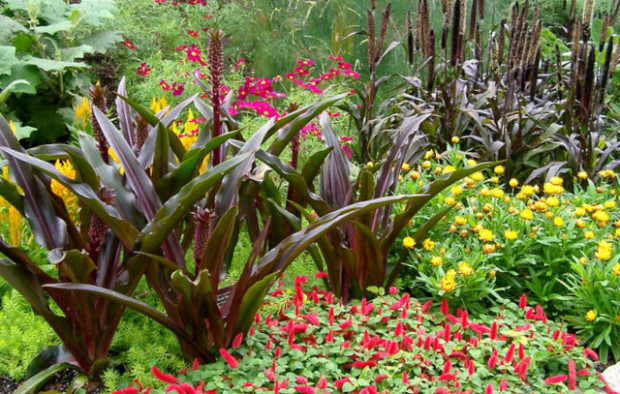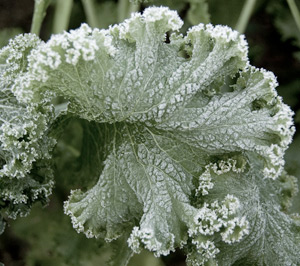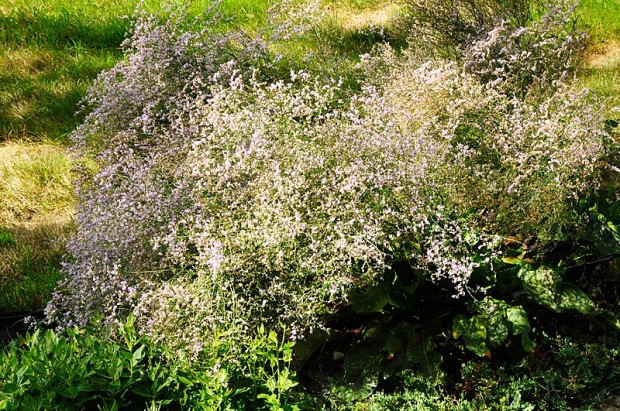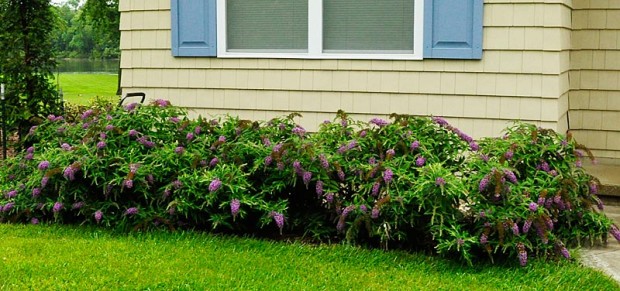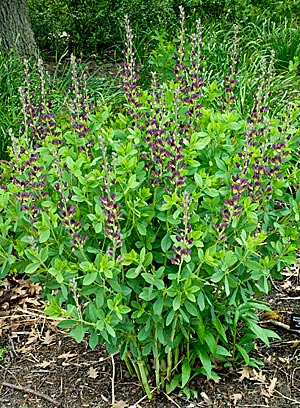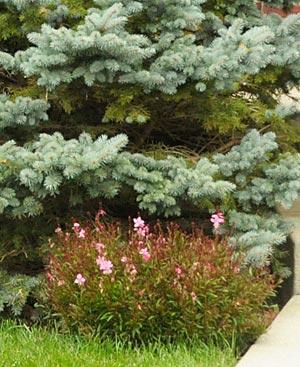 English Gardens is hosting presentations by P. Allen Smith, who will be demonstrating tips on planting annuals, perennials and shrubs as follows:
English Gardens is hosting presentations by P. Allen Smith, who will be demonstrating tips on planting annuals, perennials and shrubs as follows:
- Friday, May 2, 7:00 to 9:00pm at English Gardens in Clinton Township.
- Saturday, May 3, 10:00 a.m. to 12 noon at English Gardens in Royal Oak.
Long respected for his intelligent integration of architecture and garden, P. Allen Smith lectures all over the country and is often featured in a wide variety of national publications. Smith has been designing since he returned from his studies in England nearly 30 years ago. His home, Moss Mountain Farm, serves as the inspiration for his culinary pursuits, design work, art, books and nationally-syndicated television shows. Smith’s garden design book P. Allen Smith’s Garden Home is first in his series of six gardening books
The event is free, but space is limited. Register online at www.englishgardens.com to reserve your seat


